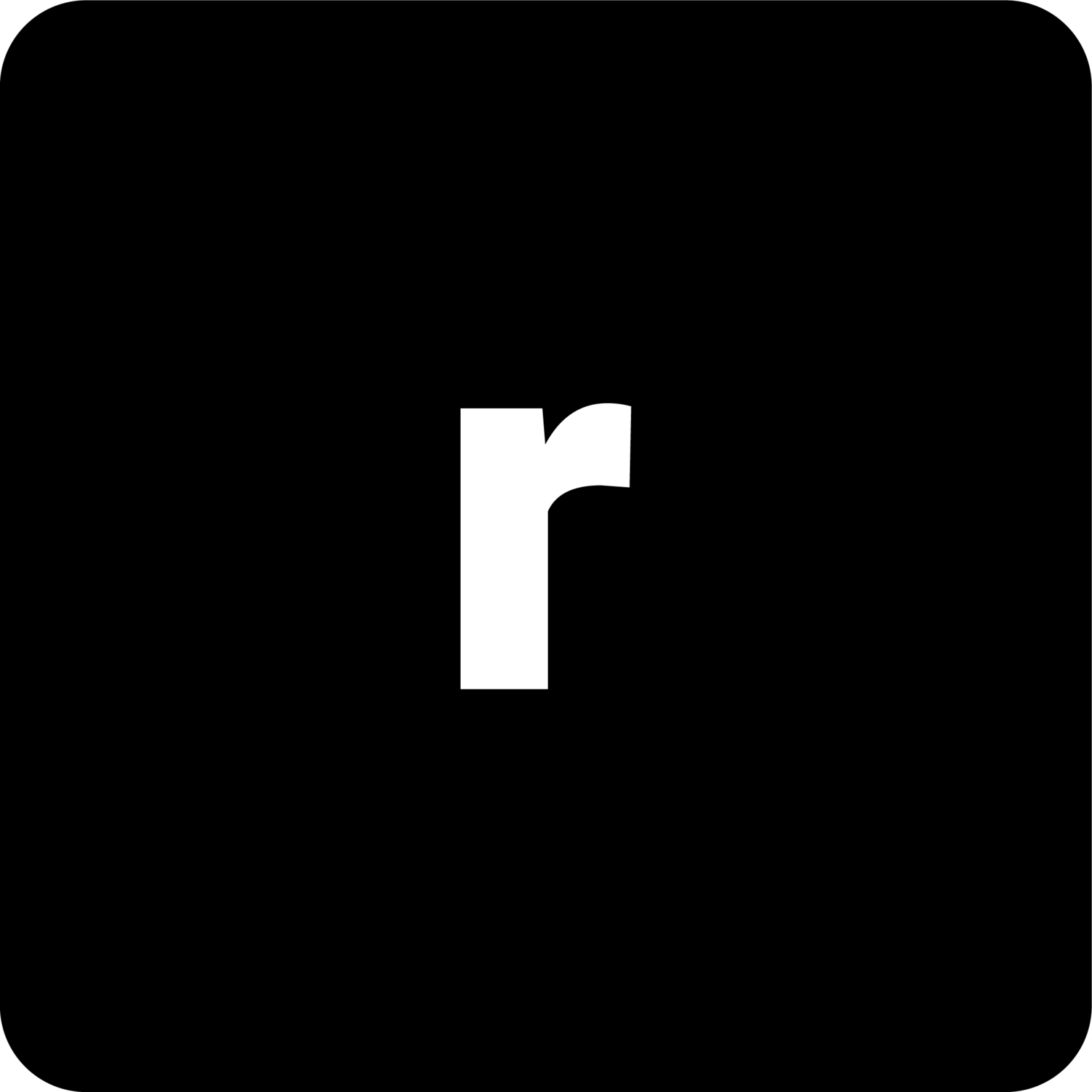Schedule Insights
Introducing data driven opportunity insights to Taskers.
Timeline
Nov 2022 - Mar 2023
Platform
Native App

Context
Scheduling Insights is a continuation of the Opportunity Heatmap, which shows Taskers where opportunity exists in a metro. Similarly, with Schedule Insights, we will show supply and demand by day-of-the-week, to inform taskers of the days with the highest opportunity to book jobs and earn. We took a look at that data ourselves, and uncovered two interesting trends.
01. Most jobs are booked on Mondays, and scheduled for Fridays.
We cut the same set of job volume data two different ways: by the date when a given job was created (blue line), and by the date the job was scheduled for (yellow line). Not only did we see recurring sets of peak-and-valley patterns for each series, we saw different patterns for each data cut! It is clear that Taskers should be setting their schedules ahead of time, ideally a week in advance: Monday is the peak day for our clients to search and create their job plans, and Friday is the day on which clients want those jobs done.
02. Fridays and Saturdays have the greatest need for additional supply.
To round out our understanding of whether the demand shown above is met, we bring in supply data(measured as Tasker calendar availability), then measure the gap between our supply and demand indexes. We see a clear gap between available supply and demand on Fridays and Saturdays, indicating opportunity for Taskers who set more availability then!
The Opportunity Heatmap proved that, when we show Taskers data on how to capture more jobs and earnings, they listen.
Pain Points
01 There are big differences between what “busy” means and how much work different Taskers want. But all Taskers want to maximize earnings for their time.
“I only do deliveries that are scheduled in advance. I will always pick same day delivery on Uber/Lyft because I make $45/hr with them and I’m only charging $25/hr for Delivery on TR.”
02 As a Tasker, I want to do work before 8AM but my calendar doesn’t start any earlier for me to open earlier availability.
Helpful in hotter cities like Las Vegas who want to “beat the heat”.
A lot of normal business for electricians & plumbers happens at times that TR considers “after hours”.
03 As a Tasker, I had no idea that I needed a minimum of 2 1/2-hours of availability to be bookable & appear in search results.
Newer Taskers do open 1 hour here, 2 hours there, baking-in time for breaks.
Tenured Taskers have more standard “I do 9am to 5pm”.

Problem Statement
Taskers want to increase their job prospects, especially new Taskers who don’t have a client base established yet. The absence of information regarding peak days and optimal task times on Taskrabbit leaves them feeling unsupported, frustrated, and doubtful about the platform's reliability.
Key Results
Assumption: Many Taskers are looking to get more work.
Hypothesis: If we share data about daily opportunity, then Taskers will be motivated to open availability on days with high opportunity. This will allow us to improve average faces in search results and supply health.
This will create an increase in Average Faces by 8-10%.

Gameplan
The strategy for Insights starts by exploring problems through qualitative research with Taskers. Then, it moves into finding solutions by working with Data Science to add data visualization to the app.
Design Process
The Taskrabbit product design team uses the double-diamond model when taking on a design project. I began this project at the very beginning with a lot of internal research and process understanding to do.
The problem space included:
01 Conducting qualitative Tasker interviews
02 Gathering a competitive analysis
03 Finding a home within the Calendar to house the new feature
The solution space included:
01 Exploring various potential design solutions
02 Collaborating with the design team
03 Handing off to the Engineering team

Qualitative Tasker Interviews
To initiate my research and validate our assumptions about certain issues Taskers face, I carried out qualitative interviews with Taskers of various experience levels.
Initial Wireframing
First, in the solution phase, we needed to find a spot for Insights on the Calendar. This way, Taskers could see the best times for jobs and adjust their availability accordingly.
Collaborating with Data Science
Working on the insights project was a valuable chance to collaborate with Data Science. It helped me understand the various job prospects available for Taskers and how to present them effectively on the app.

Ideation
After comprehending the data to display and the suitable presentation approach from a Data Science viewpoint, I collaborated with the design team. We went through multiple design iterations and sought their feedback on various explorations.
The Final Design
As the solution phase wrapped up, I conducted a swift usability test to refine minor UI elements. This led to the ultimate selection of the new feature's final design.

The Engineering Handoff
From the very beginning, engineers were involved in the process, and at this stage, I get to deliver all the designs, screen flows, interactions, and prototypes to them. My objective is to provide impeccably organized and transparent handoff files, not just for my current team of engineers, but also for any potential future documentation needs.















